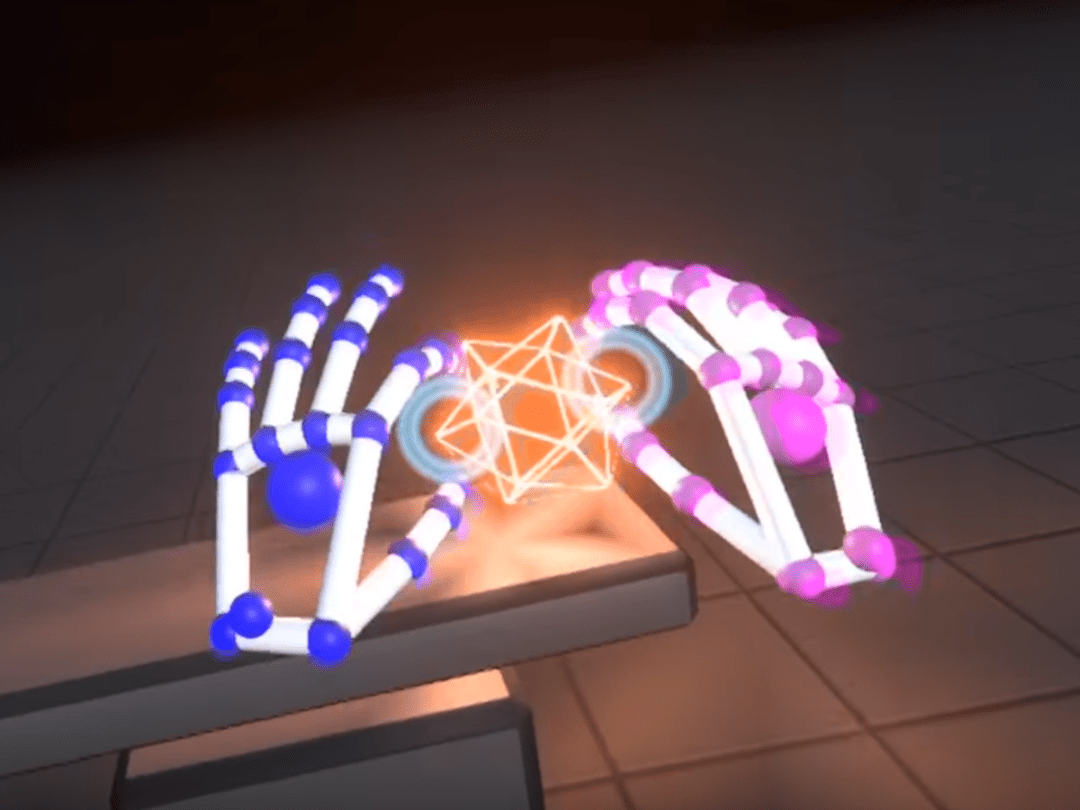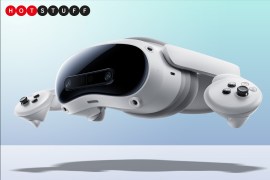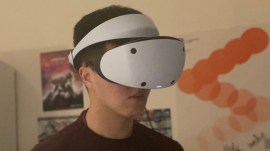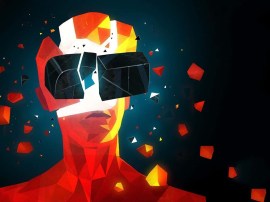Leap Motion unveils Orion, the next big leap in VR hand tracking
It's a massive upgrade that can be built right into headsets

Gesture control is a neat, but largely inessential perk for laptops and desktops, but for virtual reality? Well, it’s the difference between viewing VR apps and games and really experiencing them.
And Leap Motion hopes to lead the way on that front, too. While the existing Leap Motion tracker can be affixed to VR headsets for a makeshift hand-tracking solution, it wasn’t originally designed for that purpose. But now, with Orion, the company has both hardware and software built from the ground up for VR headsets.
The Orion module itself is thinner and lighter than the Leap Motion tracker, and better yet, the sensors can be built right into VR headsets – and the company says they’re working with OEMs to bring that to life in the future. But what the Orion platform can do is more important than the revised hardware itself.
Leap Motion calls the Orion software “a radical shift in how we do hand tracking,” thanks to lower latency, faster and improved hand recognition, better functionality in a wider array of environments, and longer range in recognition too. Engadget even says that Leap can track fingers that aren’t visible, such as those you might have down or hidden at any given moment. That’s handy (pun intended).
Although Leap designed the new Orion hardware to be a better fit for VR headsets, the platform works with the older trackers too: developers can get in on the beta preview now and check out demos like "Blocks," as seen in the video above. The clip shows how Orion can be used for very natural-looking interactions, and Orion can be utilised with the Unity game engine for now.
While Oculus and HTC see motion controllers in their future, Leap clearly hopes to woo some hardware makers with its hands-free solution. Hopefully it won’t be too long before we actually see Orion implemented in upcoming VR devices.
[Source: Leap Motion via Engadget]
Read More › Leap Motion: one year on review



